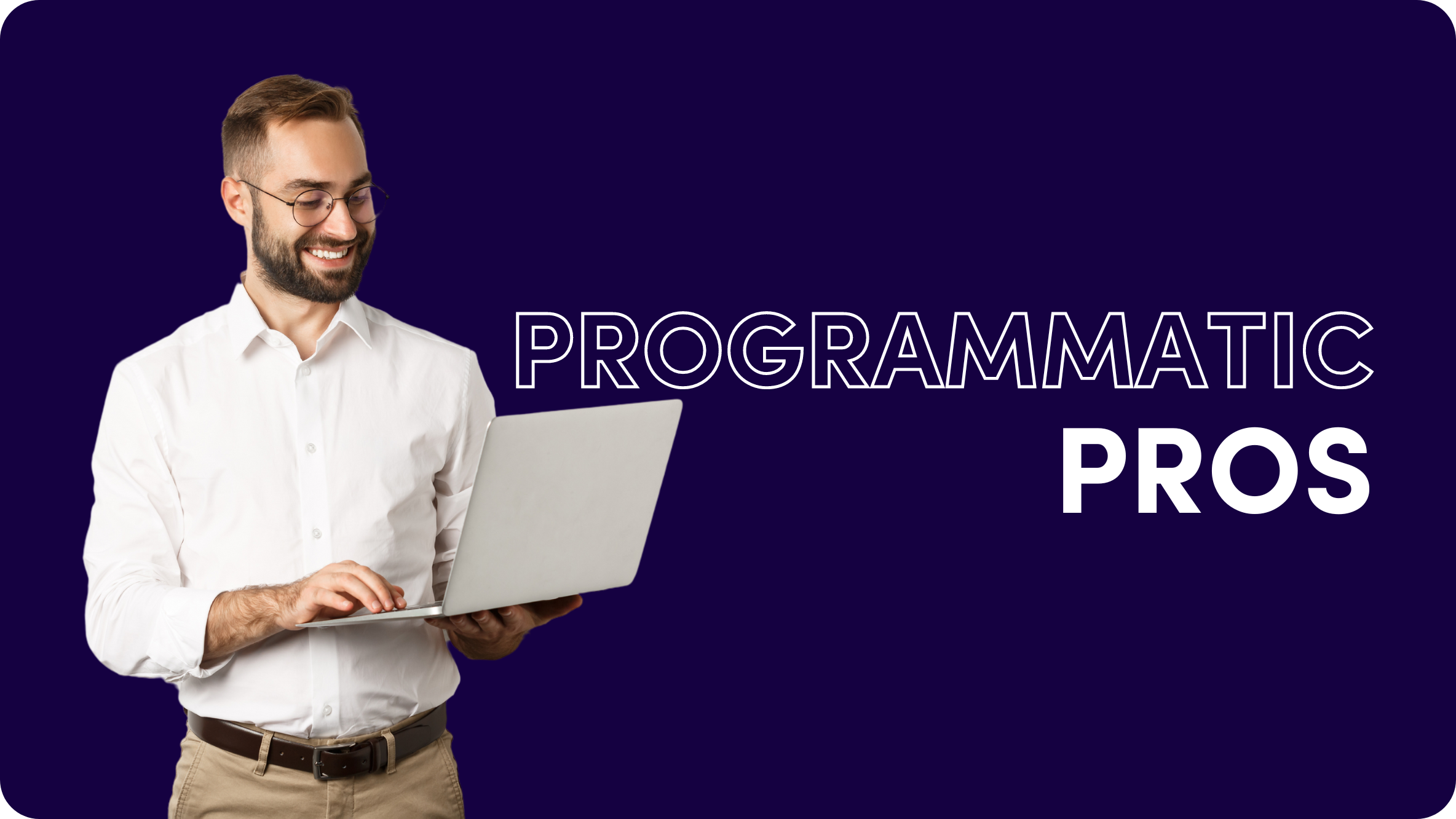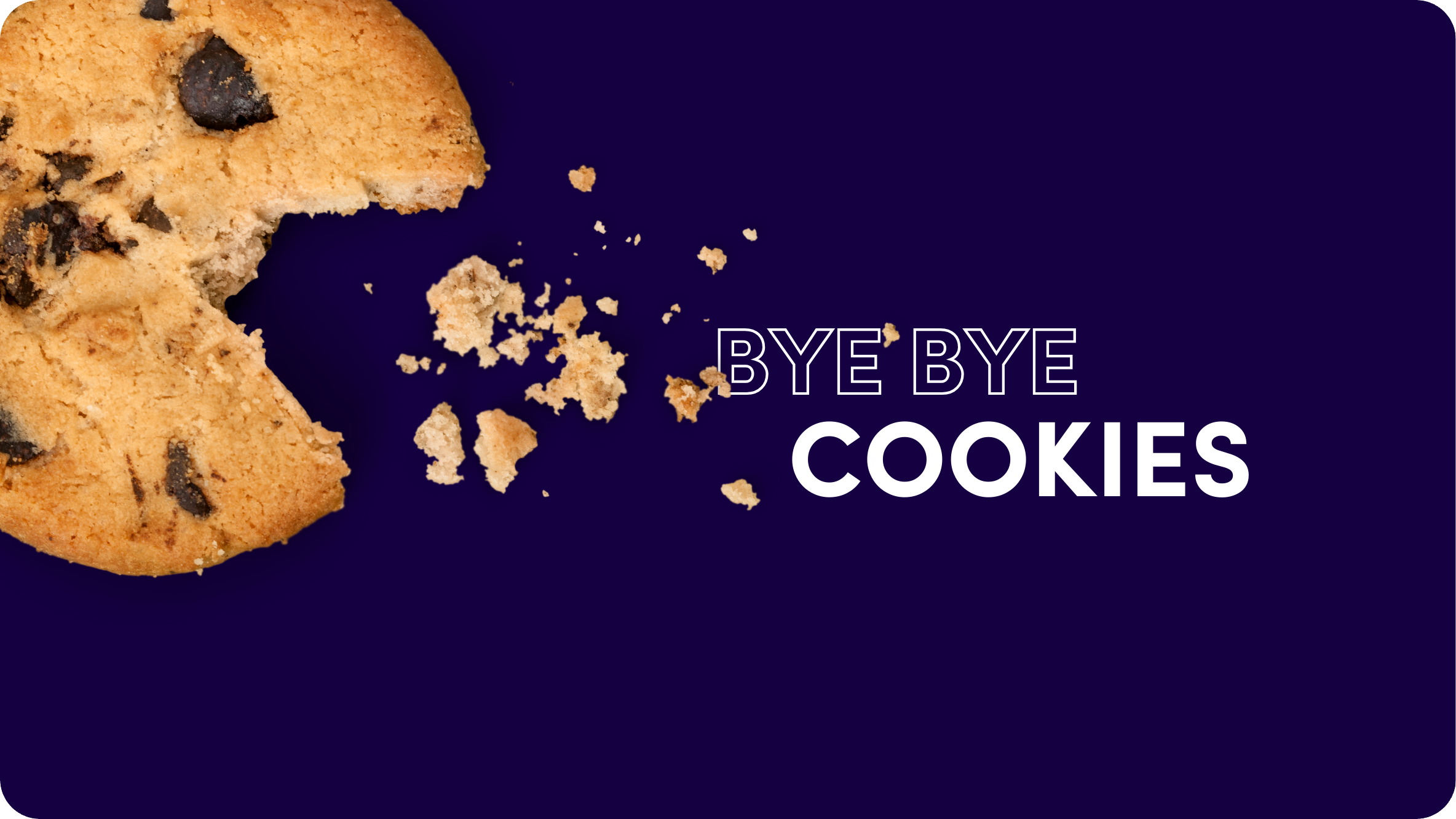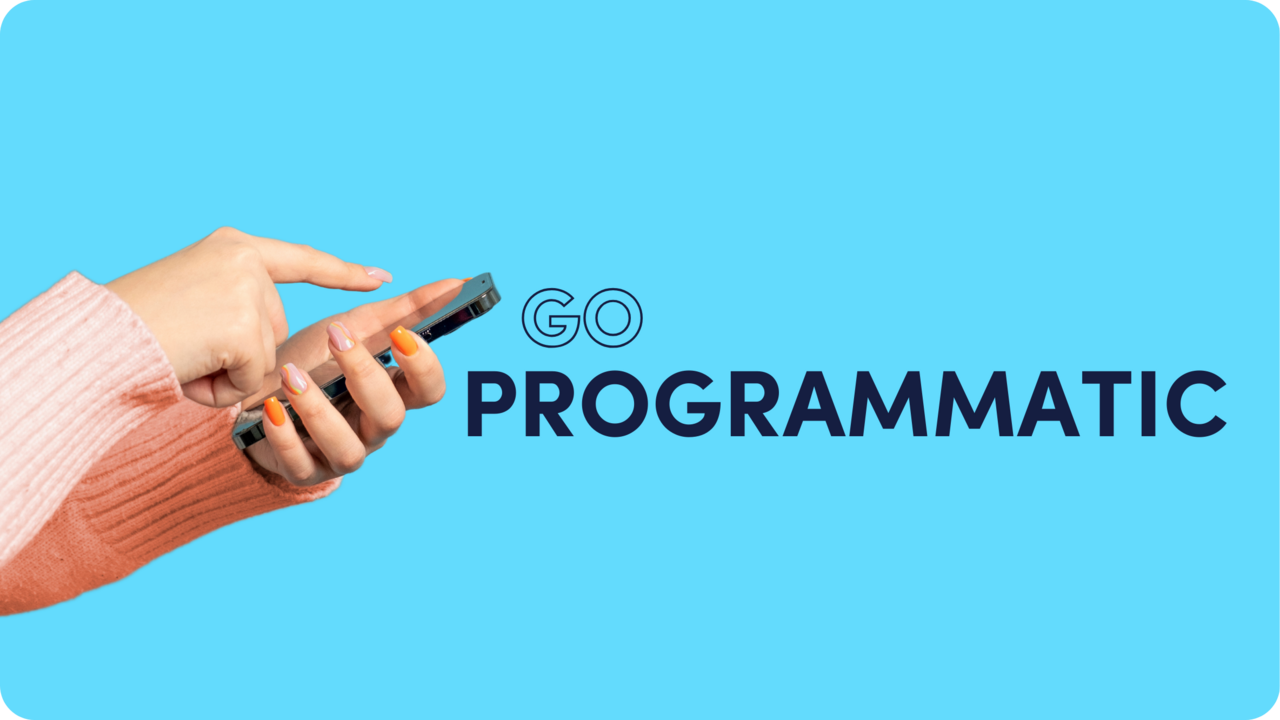The Ultimate Programmatic Advertising Glossary

Programmatic advertising is preferred by many agencies and advertisers due to its increased efficiency, reach, and scalability. While this automated form of media buying and selling continues to evolve, it also introduces new terminology to the marketing world.
The programmatic industry is swamped in professional jargon, yet programmatic advertising is actually quite simple. In every purchase of online ad space, there are two sides: the buyers (advertisers) and the sellers (publishers). Each side uses a computerized platform to facilitate the transaction on the ad exchange.
Once you get down to the details, however, there are loads of terms and acronyms used by advertisers and publishers to navigate their programmatic advertising activity. Fear not, we’ve covered the most important and common terms in the world of programmatic advertising to help you master this fast-growing form of media buying that is taking over the industry. Check out our ultimate programmatic advertising glossary:
Ad Exchange
Computerized marketplace for the buying and selling of ad space, connecting Supply Side Platforms (SSPs) and Demand Side Platforms (DSPs).
Ad Network
Bundles inventory from different publishers and offers them for sale. The most prominent example is Google AdWords.
Ad Server
A platform that distributes ads to end-devices (ie. your computer or mobile phone) and captures performance metrics.
Ads.txt
Stands for “Authorised Digital Sellers”, and is a text file in which a publisher records who can sell inventory on the site. This text file is integrated into programmatic platforms and provides buyers with additional transparency. It can also help to prevent ad fraud.
Agency Trading Desk
A trading system developed by large agency holding companies to make programmatic purchasing more efficient for their customers. Agency Trading Desks usually access several DSPs and thus a larger inventory, and can be connected to additional data streams via Data Management Platforms (DMPs).
Application Programming Interface (API)
APIs enable connection to external applications and allow to transfer data from multiple platforms to a unified dashboard.
Automated Guaranteed
An automated transaction in the Private Marketplace, where an advertiser buys placements at a fixed price over a fixed period of time. Most similar variant to traditional non-programmatic media buying.
Cost Per Action (CPA)
The average cost of a previously-defined action (conversion, click of a specific link, time on site).
Cost Per Click (CPC)
The average cost of clicking on an ad, and an alternative billing model to CPM.
Cost Per Mille (CPM)
The price of 1,000 impressions (=displayed ads) on a website.
Cost Per View (CPV)
The price for one video play when a predefined minimum video viewing time is reached. Other possible billing models for videos include Cost Per Completed View (CPCV; paid only when the video is viewed through to completion) and Cost Per Video Viewability (CPVV, paid only if the video is visible; the IAB standard is 50% of the number of pixels visible for at least 2 consecutive seconds).
Data Management Platform (DMP)
A system for managing data used by agencies, advertisers, or publishers. Most first party data is managed and integrated with third party data to combine user information and activities as well as to optimize media purchasing.
Deal ID
Contains special agreements for a deal. For example, buyers can purchase inventory at defined prices in a private exchange that may not be available to other bidders.
Demand Side Platform (DSP)
A platform that allows brands and agencies to automatically bid on ad inventory. Buyers define information such as creatives and price, and control the distribution of their ads. DSPs determine the best possible inventory for reaching a target audience, place buys, and report on the performance. They are connected to SSPs via ad exchanges. Agency Trading Desks often bundle multiple DSPs to further increase efficiency.
First-Party Data
Data obtained from web pages regarding consumer behaviour. This is very valuable for data accuracy, and can contain subscription, social, or CRM data.
First Price Auction
The winner of the bidding contest for an ad impression pays the price actually offered.
Floor Price
The minimum price as defined by the publisher for which inventory can be sold.
Header Bidding
Allows publishers to bypass the traditional waterfall method, where demand-partners/SSPs are called in a predetermined order. Instead, Header Bidding allows publishers to host unified auctions where all demand partners compete simultaneously in real time.
Native DSP
DSPs developed specifically for Native Advertising. In contrast, conventional DSPs were mostly developed for display ads or videos. Native DSPs can optimize for post-click engagement.
Open Auction
In an Open Auction, a publisher allows access to all bidders connected via the SSP to have access on its inventory. The highest bidder wins the impression.
Post-Click Engagement
Important metric for performance marketers to optimize campaigns. KPIs such as click rates (on the landing page) or time on site of existing users are analyzed in order to bid on new users who are likely to show the highest engagement.
Pre-Bid Targeting
Data that enables advertisers to target visible, fraud-proof, brand-safe or contextually relevant inventory, and bid only on inventory that meets the pre-defined requirements.
Preferred Deal/Unreserved Fixed Rate
Deal variant in the private marketplace where a publisher or SSP offers inventory at a predefined price.
Private Auction
Deal variant in the Private Marketplace where participation to bid on publisher inventory is restricted to selected advertisers. These auctions can involve several publishers and providers.
Private Marketplace (PMP)
Higher-value ad groups that are grouped together by a publisher or SSP and are not available in an open auction. Only selected advertisers can bid on these placements. Subdivided into Preferred Deal, Private Auction and Automated Guaranteed.
Programmatic Direct
A transaction between a publisher and advertiser that takes place through a programmatic ad buying system. Inventory is directly sold and guaranteed.
Real Time Bidding (RTB)
A real-time bid consisting of a bid request and a bid response. The bid request is triggered when a user visits a page. The request data (user location, browser history, website, device) is offered for sale via an SSP on an Ad Exchange. A DSP connected to this Ad Exchange responds to this offer with data on price and creatives (bid response). The highest bid for the placement wins and the ad is distributed. This all happens automatically and within milliseconds.
Second-Party Data
First-party data that is purchased directly or via a DMP.
Second Price Auction
The winner of the bidding contest for an ad impression pays one cent more than the next highest bidder.
Supply Side Platform (SSP)
A platform that allows publishers to automatically sell their inventory and is often linked to ad exchanges. It allows the setting of floor prices and the bundling of inventory for private marketplaces.
Tech Tax
A term for the third-party costs incurred by the use of the many technological solutions and aids for programmatic booking. A booking may use a SSP, Ad Exchange, DSP, DMP and Agency Trading Desk.
Third-Party Data
Aggregated data from platforms and websites that are not owned by the publisher or website operator.
Video Ad-Serving Template (VAST)
A uniform template to structure tags and metadata transferred from an ad server to a video player. Doing so enables any number of ad servers to deliver a video ad into a compatible player.
For beginner advertisers or if you need a refresh, take a look at our Digital Advertising Glossary too. It’s packed with in-depth definitions and explanations to help you stay on track to advertising success.











